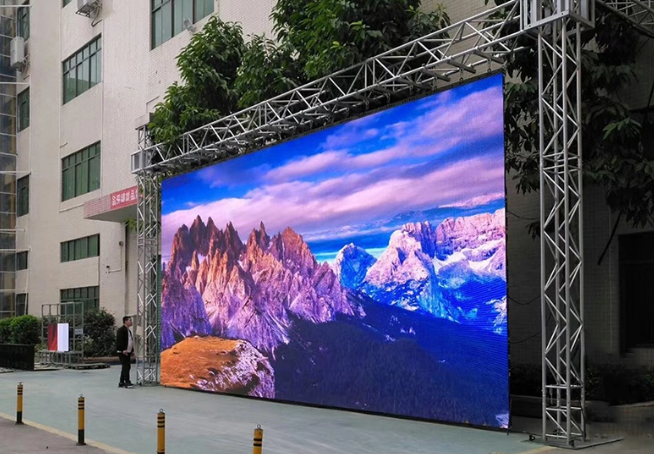
The Future of Visual Displays: Advancements in LED Screen Technology
When it comes to selecting the best exhibit technologies, you can find an overpowering level of alternatives on the market. Nonetheless, two well-known alternatives that often get when compared are LED monitors and Digital displays. Whilst these two technologies may sound comparable, you can find crucial LED Screen (Led-Skärm) differences between the two that can have an impact on what one is best suited for your requirements. In this article, we’ll break down the variations between Guided screens and Liquid crystal exhibits to help you make an informed selection on which one particular is right for you.
For starters, let’s start with the obvious difference: the technologies used in the two displays. LED (Light-weight Emitting Diode) displays use a backlight composed of tiny Leds to illuminate the display, while Liquid crystal (Water Crystal Screen) screens use a bright white backlight with several filtration system and polarizers to produce colours. One key good thing about LED monitors is they are brighter and make use of significantly less energy than LCD shows. Nevertheless, Digital displays usually have better colour accuracy and reliability and will screen much deeper black levels, which is important in scenarios for example visual layout or online video editing and enhancing where colour reliability is crucial.
Another difference to look at is the price of each possibilities. Guided displays are often more expensive to manufacture than Liquid crystal exhibits due to the complexity of your modern technology necessary. In addition, in order to display content material in hd, Directed display screens are frequently the better choice as they give a increased resolution. Even so, if you’re on a tight budget yet still desire a great-good quality exhibit, LCD displays can be a far more inexpensive selection for reduced resolution shows.
Up coming, let’s focus on the looking at angle of equally exhibits. LED displays normally have a narrower looking at position than LCD exhibits due to way the modern technology performs. This is usually a drawback in case you have a large market or maybe you frequently move when using your display. LCD exhibits, however, have got a broader watching position which may be beneficial if you need numerous individuals to see the show at the same time.
One final difference to look at may be the life-time of the two exhibits. LED displays usually stay longer than Liquid crystal shows due to their excellent sturdiness and the truth that they don’t possess a backlight that can burn up out after a while. This can be a considerable aspect if you are considering using your show for very long periods of time or perhaps in exterior configurations where it could be open to harsh factors. Even so, if life-span isn’t a serious concern for you personally, LCD screens can offer a less expensive choice that still supplies high-good quality images.
In a nutshell:
In Simply speaking, there are various essential differences between Guided display screens and LCD screens that could affect which suits your needs. While Brought display screens provide happier visuals as well as a longer life expectancy, they are generally higher priced where you can narrower observing angle. On the other hand, Liquid crystal shows provide better colour accuracy and reliability and can be a more cost-effective selection for lower solution exhibits. In the end, the choice involving the two depends upon what you’re looking for inside a show, as each technologies their very own individual exclusive advantages and disadvantages.